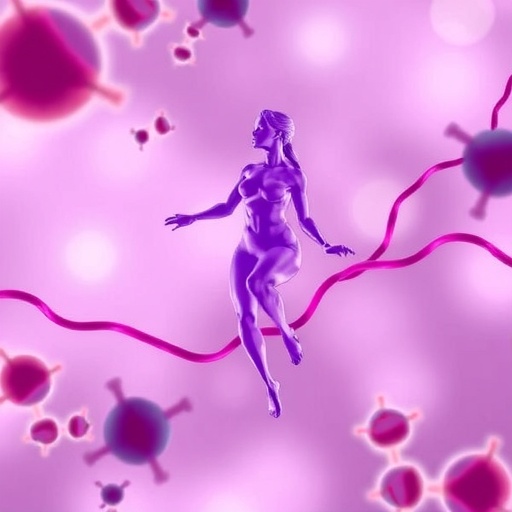Free radicals are derived either from normal essential metabolic processes in the human body or from external sources such as exposure to environmental xenobiotics. A balance between free radicals and antioxidants is essential for proper physiological function. Increased production of free radicals or a decreased capacity in the body to produce antioxidants, leads to oxidative stress. The reported chemical evidence suggests that dietary antioxidants can help in disease prevention. Therefore, it is important to understand the reaction mechanisms between antioxidants and free radicals. Understanding the reaction mechanisms can help in evaluating the antioxidant activity of antioxidant compounds and also help to develop novel antioxidants. For that purpose, PCA and ANN modelling were used to explain the structure-activity relationships of the selected phenolic compounds. Two distinct mechanisms of action for flavonoids and polyphenolic acids were confirmed, i.e. breaking of free radical chain reactions by donation of a hydrogen atom to neutralise the free radical and the chelating ability of polyphenolic acids. The ANN model identified the combination of chemical features that contribute to antioxidant activity and govern different mechanisms of actions. Both models agreed that structural characteristics of phenolic compounds responsible for the high DPPH* scavenging activity include, number and position of alcohol groups on the aromatic ring, molecular size and flexibility/bulkiness and solubility. The ANN model showed that the presence of phenol groups in the phenolic acid group were particularly important for their observed antioxidant activity due to the way they can chelate iron ions and suppress the iron catalyzed hydrogen peroxide which is the most important source of free radicals in living organisms. Thus, although two phenolic acids may have the same relative polarity, their different functional groups will change the nature of their interactions with free radicals.
###
For more information about the article, please visit http://www.eurekaselect.com/148869
Reference: Morton, DW.; (2017). Probing into the Molecular Requirements for Antioxidant Activity in Plant Phenolic Compounds Utilizing a Combined Strategy of PCA and ANN. Combinatorial Chemistry & High Throughput Screening., DOI: 10.2174/1386207320666170102123146
Media Contact
Faizan ul Haq
[email protected]
@BenthamScienceP
http://benthamscience.com/
############
Story Source: Materials provided by Scienmag





